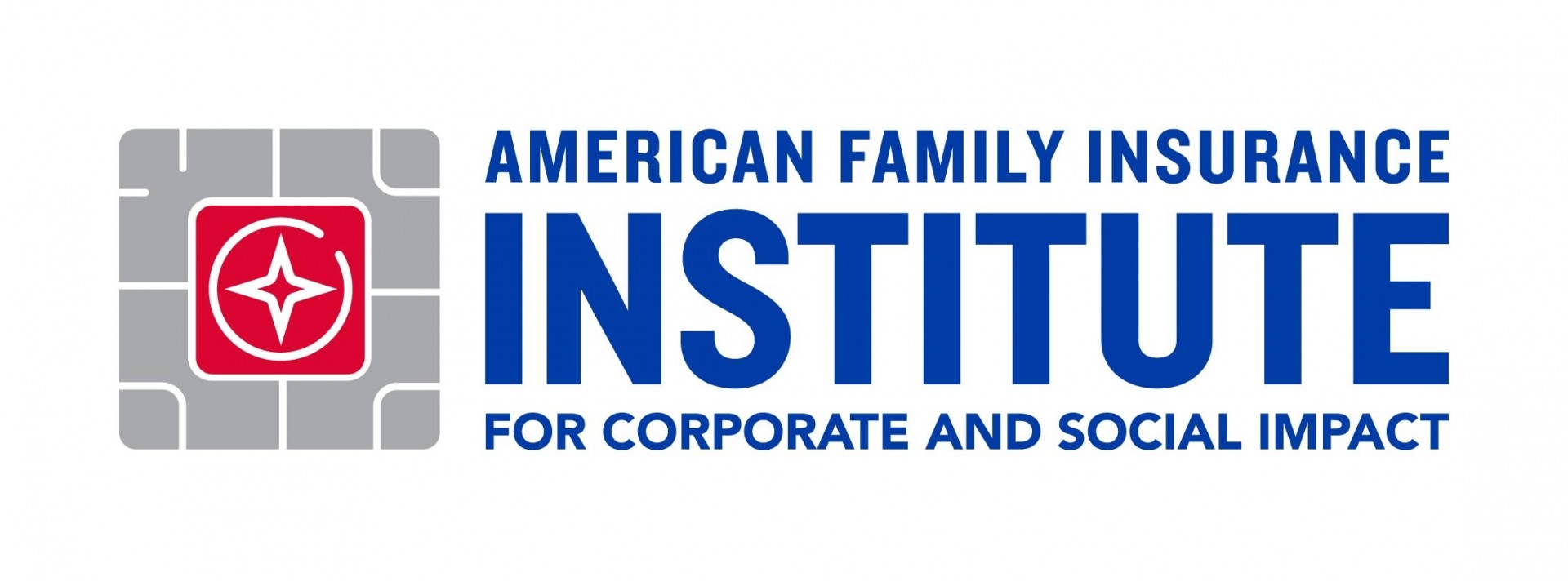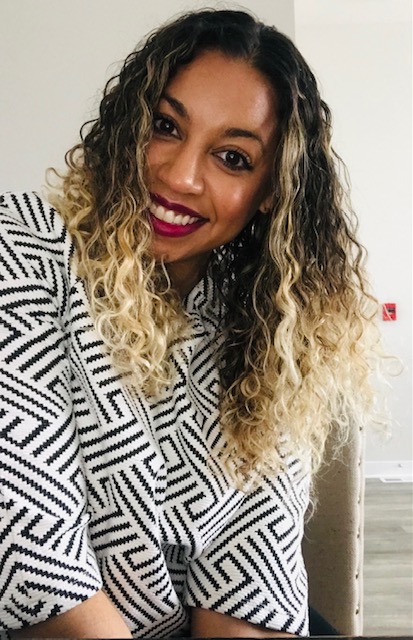“Representation matters.”
We hear the refrain often in the tech industry, but it also applies to community-focused organizations — like museums.
Growing up in St. Thomas, US Virgin Islands, Rhoan Garnett said he came from humble beginnings. So when he left his Caribbean home to attend the University of Southern Maine, it wasn’t exactly an easy transition. As a first-generation college student without the financial means and guidance shared by many of his peers, Garnett began to understand firsthand how much diverse representation — and community support — mattered.
“It was a culture shock,” Garnett told Technical.ly of his early college experience. “It speaks to how a culture is the foundation for everything, and when culture isn’t identified and you can’t see yourself in a space, it creates all kinds of challenges.”
After his first year of college, Garnett struggled to re-enroll and took an extended hiatus. It ultimately took him more than eight years to complete his undergraduate degree.
The experience left a profound impact on Garnett, changing his originally intended career path. When he left Maine for the state of Washington for his doctoral studies, he was determined to use his educational and leadership experiences to change the course of the next generation.
In his dissertation, which received a Gordon C. Lee Outstanding Dissertation Award, Garnett explored the link between community networks and college access and outcomes for young people from underrepresented backgrounds. Following his doctoral, Garnett eventually launched YXM Consulting, where he developed the We Bridge Belonging initiative to put his research into practice.
“When you’ve experienced something that is really challenging, and you begin to see the ways to actually do it better, for me, it made sense to use that experience, to use that wisdom, to help institutions to do a better job,” he said.
Today, Garnett is bringing his vision for more equitable belonging to the Milwaukee Public Museum. In February, the institution announced Garnett as its new director of diversity, inclusion, equity, and accessibility, aka IDEA — the first such position under the organization. In the role, Garnett will be charged with integrating diversity initiatives throughout the museum’s exhibits and programming.
A museum tackles DEI
The Milwaukee Public Museum is nationally renowned for its immersive experiences. With more than 150,000 square feet of exhibition space, guests are invited to travel back in time to stroll the Streets of Old Milwaukee, explore larger-than-life scenes from the Jurassic era, visit the world’s seven continents, or discover the intersection of history and culture right here at home.
But like many of America’s arts and cultural institutions in the wake of the pandemic and civil unrest, the Milwaukee Public Museum has been reexamining its history and cultural relevance as it looks ahead to building a new facility and achieving financial stability.
A study by the Cultural Competence Learning Institute found that 90% of its museum survey respondents reported that IDEA was an “essential or relatively high priority,” yet less than half had IDEA action plans in motion. Respondents named finding strategies for developing inclusive experiences in their exhibits; programs, and events; IDEA accountability; hiring and recruitment; and pay equity among their top priorities.
Milwaukee Public Museum is working on it, though, alongside other big projects: This month, the museum announced it will receive $45 million in county funding toward a new downtown building, as well as $40 million from the state. The museum’s new 230,000-square-foot home is planned for the corner of North Sixth Street and McKinley Avenue, a project slated for groundbreaking in 2023 and completing in 2026.
As much as the museum is vital to preserving the more than 4 million specimens and artifacts housed in its invaluable historical collections, its leadership is just as focused on preserving the institution’s future. And that work includes how it presents the research and narratives within its exhibits, and how it engages with the broader community.
In a press release announcing Garnett’s hire, MPM President and CEO Dr. Ellen Censky explained the museum’s vision: “We’re a research-based educational institution with millions of objects and specimens from across the globe, and we want to make sure those items and the stories behind them are accessible to all audiences and inclusive of varying perspectives.”
Garnett’s mission
As a Black man living in America, Garnett said he is all too familiar with countering stereotypes and showing up in spaces where his experiences can feel undermined. It’s one of the reasons he wants to help the museum create a community forum and serve as a “bridge” to learn from members in real time. After all, he said, the museum is one of the few places where all communities can be housed peacefully, so long as the proper representation is intact.
For Garnett, these IDEA initiatives can begin inside out, while also considering external feedback. Besides proactively reaching out to the community, he is currently working alongside his colleagues to uncover areas of improvement under the museum’s roof. One area? To “decolonize how we present culture and history,” starting with exhibition cases and labels and based on feedback from community members and scholars.
He is also working to develop STEM internship and mentoring experiences for students, harkening back to his early professional roots.
“I come into this role with that information, understanding the importance of the museum to actually reaching out to communities,” Garnett said. “It’s a social network analysis — we’re understanding who all the audiences are and how we want to engage with them. That’s the work I did as a doctoral researcher, and that’s the work I want to bring here.”
Technical.ly talked more with Dr. Rhoan Garnett to learn more about his experience as a first-generation college student, and his vision for expanding the spectrum of stories told at the natural history and human history museum. For the full conversation, watch the video here.
Subscribe to This Week in Milwaukee Rising:

This article appears as part of This Week in Milwaukee Rising, a weekly newsletter from Technical.ly highlighting the innovators bringing a more just, equitable and dynamic Milwaukee economy. Subscribe here. The series is underwritten by American Family Insurance Institute for Corporate and Social Impact.
Before you go...
Please consider supporting Technical.ly to keep our independent journalism strong. Unlike most business-focused media outlets, we don’t have a paywall. Instead, we count on your personal and organizational support.
3 ways to support our work:- Contribute to the Journalism Fund. Charitable giving ensures our information remains free and accessible for residents to discover workforce programs and entrepreneurship pathways. This includes philanthropic grants and individual tax-deductible donations from readers like you.
- Use our Preferred Partners. Our directory of vetted providers offers high-quality recommendations for services our readers need, and each referral supports our journalism.
- Use our services. If you need entrepreneurs and tech leaders to buy your services, are seeking technologists to hire or want more professionals to know about your ecosystem, Technical.ly has the biggest and most engaged audience in the mid-Atlantic. We help companies tell their stories and answer big questions to meet and serve our community.
Join our growing Slack community
Join 5,000 tech professionals and entrepreneurs in our community Slack today!

The person charged in the UnitedHealthcare CEO shooting had a ton of tech connections

Delaware students take a field trip to China using their tablets and ChatGPT

Northern Virginia defense contractor acquires aerospace startup in $4B deal



